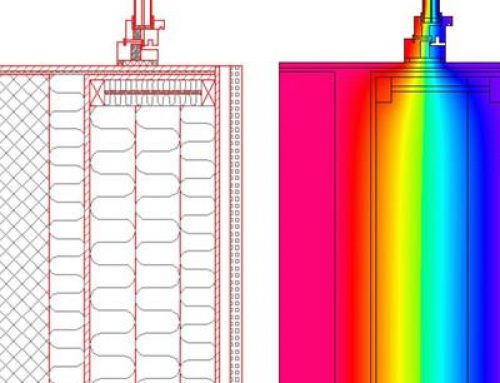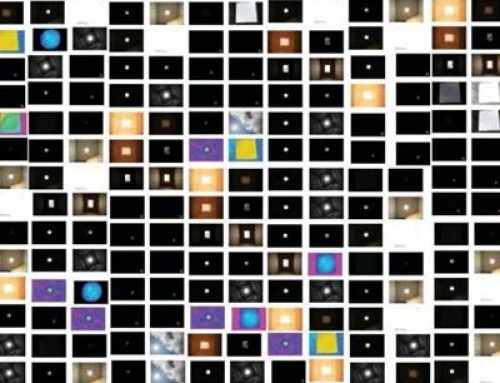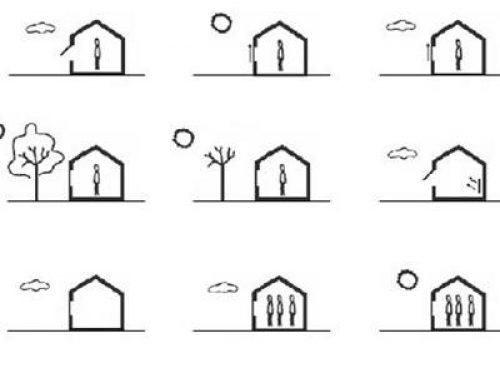Project Description
Office Building Simulations: Zoning and Internal Loads
Abstract
To develop a complex building energy simulation model requires time and work to collect enough data to produce accurate results during the design phase of a project.
This paper provides two main studies. The first study involves intensive building performance simulation work. Its purpose is to investigate how different building zoning strategies and the model complexity impact the predicted annual heating and cooling demand in office buildings. It also investigates the importance of internal loads and thermal mass regarding the annual energy use and thermal comfort.
The second study involves a real-time occupancy- and plug load detection in an office building situated in Denmark. Energy-related occupant behaviour is vital when designing and controlling building systems. Occupant behaviour in the building simulations is often simplified as static schedules based on the national standards, and their dynamic behaviour is neglected. The more dynamic internal load profiles, described by the Danish Industry guide, are suggesting a 100% occupancy during the office working hours, while the monitored occupancy in the office results in lower hourly peak loads. Moreover, while the monitored plug loads follow the pattern mentioned in the guide, the average hourly peak load is lower by 55%.
This paper results in a guideline on how to simulate office buildings for annual heating and cooling needs considering the thermal zoning and the application of the internal loads capacity. The primary goal of the recommendation is to advise building engineers on the use of modelling to improve the accuracy of design-phase BPS models.






